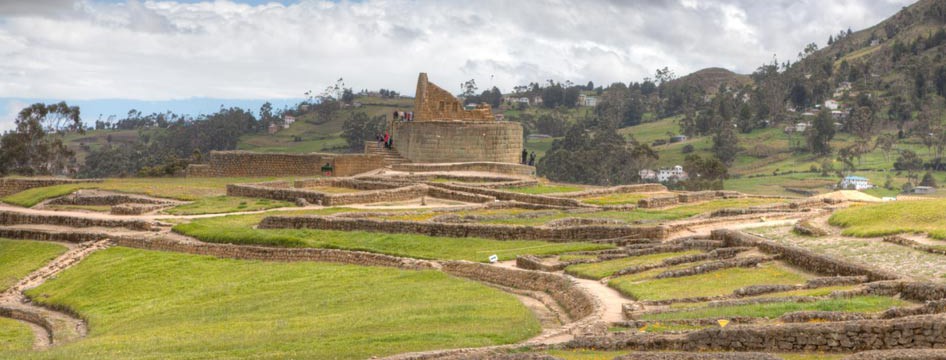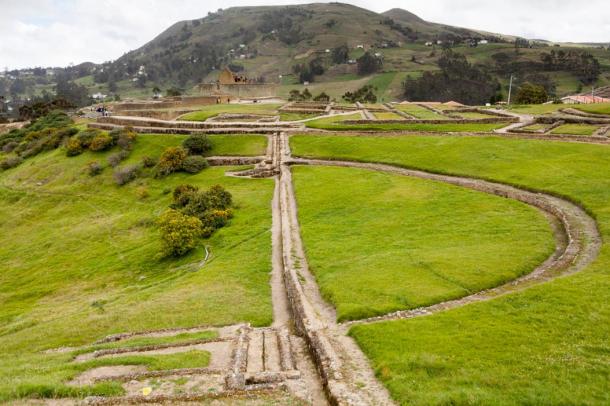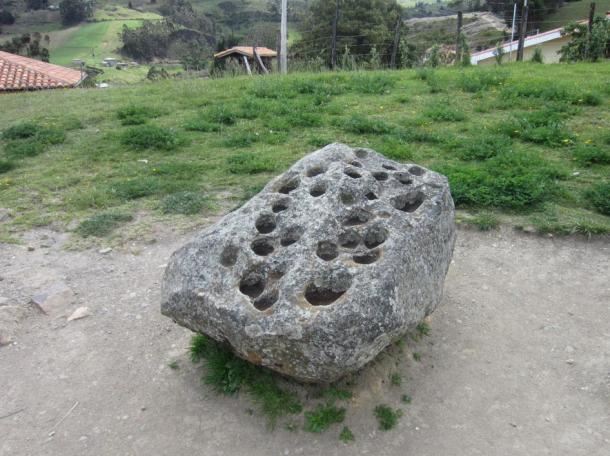Author: APRILHOLLOWAY
Located at an altitude of over 3,000 meters in the picturesque Andes Mountains of Ecuador sits Ingapirca, the largest and best preserved archaeological site in Ecuador. Affectionately known as “The Machu Picchu of Ecuador”, it is also the most important Inca site in the country. What makes this site particularly unique is that it stands as a lasting record of the joining of two cultures – the original Cañari people, a matriarchal society that worshipped the moon, and their Inca conquerors, a patriarchal society that worshipped the sun. Remarkably, the two peoples lived harmoniously, celebrating their commonalities and respecting their differences.
The Ancient Origins of Ingapirca
The site of Ingapirca (meaning ‘Inca Wall’ in Kichwa) had long been settled by the Cañari indigenous people, who named it Hatun Cañar. Excavations at the site unearthed a 1,200-year-old burial of an elite female with ten women surrounding her, who had drunk poison to be with their female leader in death. They built a circular moon temple, as well as a rock calendar that recorded the lunar cycle.
Towards the end of the 15th century, the Inca arrived led by Túpac Yupanqui. The intention was to quickly subjugate the Cañari people and amalgamate their territory. However, the Cañari fiercely defended their territory and were not so easily defeated. So the Inca proposed a political alliance. The Inca nobles married the Cañari princesses and a pact was negotiated in which it was agreed they would live together – the Inca would have a strategic base in the area, while the Cañari would have the protection of the Inca warriors.
The city was renamed and a new hybrid community was formed. Although the Inca were more numerous, they did not demand that the Cañari give up their autonomy. The Cañari continued to manage their own affairs and retained their individual customs, but adopted the language of the Inca. Together they celebrated common festivities, drinking large quantities of fermented beverages. Yet, separately they continued with their individual beliefs – the Cañari worshipping the moon and the Inca worshipping the sun.
The new city served as an important religious, political, military and administrative center for both the Inca and the Cañari.
Features of the New City
Ingapirca today displays an interesting combination of both Inca and Cañari architecture. The rough stone walls with mortar and rounded half-moon temple reflect the Cañari civilization, while the rectangular buildings and highly-precise walls built without mortar reflect the Inca culture.
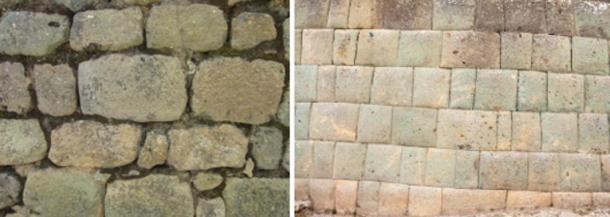
The site is also composed of temples, chambers for priests, a ceremonial plaza, cobblestone streets, a solar observatory, a lunar calendar, storage rooms, ritual baths, dwellings, and a sophisticated advanced aqueduct system to distribute water to the entire compound.
By far the most impressive structure at Ingapirca is the Temple of the Sun, also known as El Castillo (The Castle), an elliptical-shaped building that aligns perfectly with the summer solstice. The stones were carefully chiseled and polished and positioned to fit together perfectly without mortar.
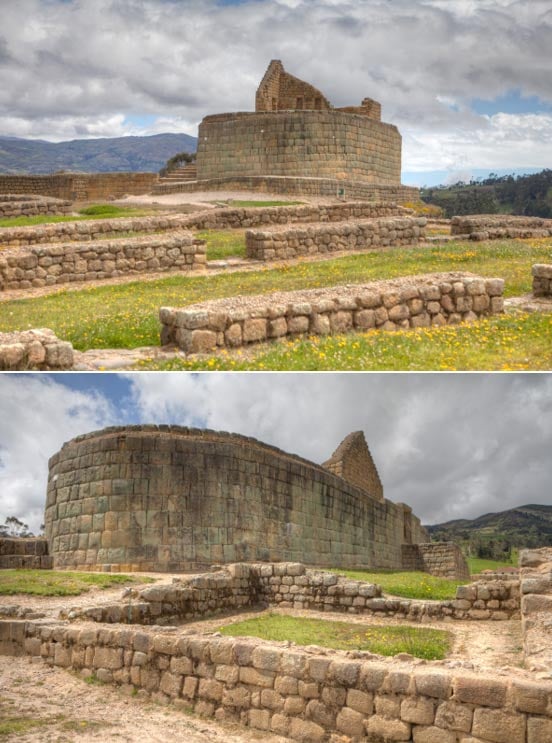
The End of Ingapirca
The growth of Ingapirca was short-lived because the Spanish arrived before it was even completed. The city was ransacked and its inhabitants were slaughtered. The conquistadors knocked down most of the buildings and took the stone to build churches. The site lay abandoned for centuries and became covered with vegetation.
Ingapirca had long been forgotten until a farmer discovered the ruins in his field. The Ecuadorian government began an extensive restoration project in the 1970s, and many of the original stones that had been stolen were returned to the site. The site is now open to the public and is run by the local Cañari people, who give guided tours for free, sharing the story of their past to all who come to visit.
All images copyright Ancient Origins.
References
Atlas Obscura (2014) – Ingapirca. Available from: http://www.atlasobscura.com/places/ingapirca
Enciclopedia del Ecuador – Cañari Confederation. Available from: http://www.enciclopediadelecuador.com/temasOpt.php?Ind=354
Hyslop, John (19 February 2014). Inka Settlement Planning. Austin, Texas: University of Texas Press.
Lauderbaugh, George (22 February 2012). The History of Ecuador. Westport, Connecticut: Greenwood Publishing Group.
With special thanks to the Cañari people, who shared their knowledge with us.
